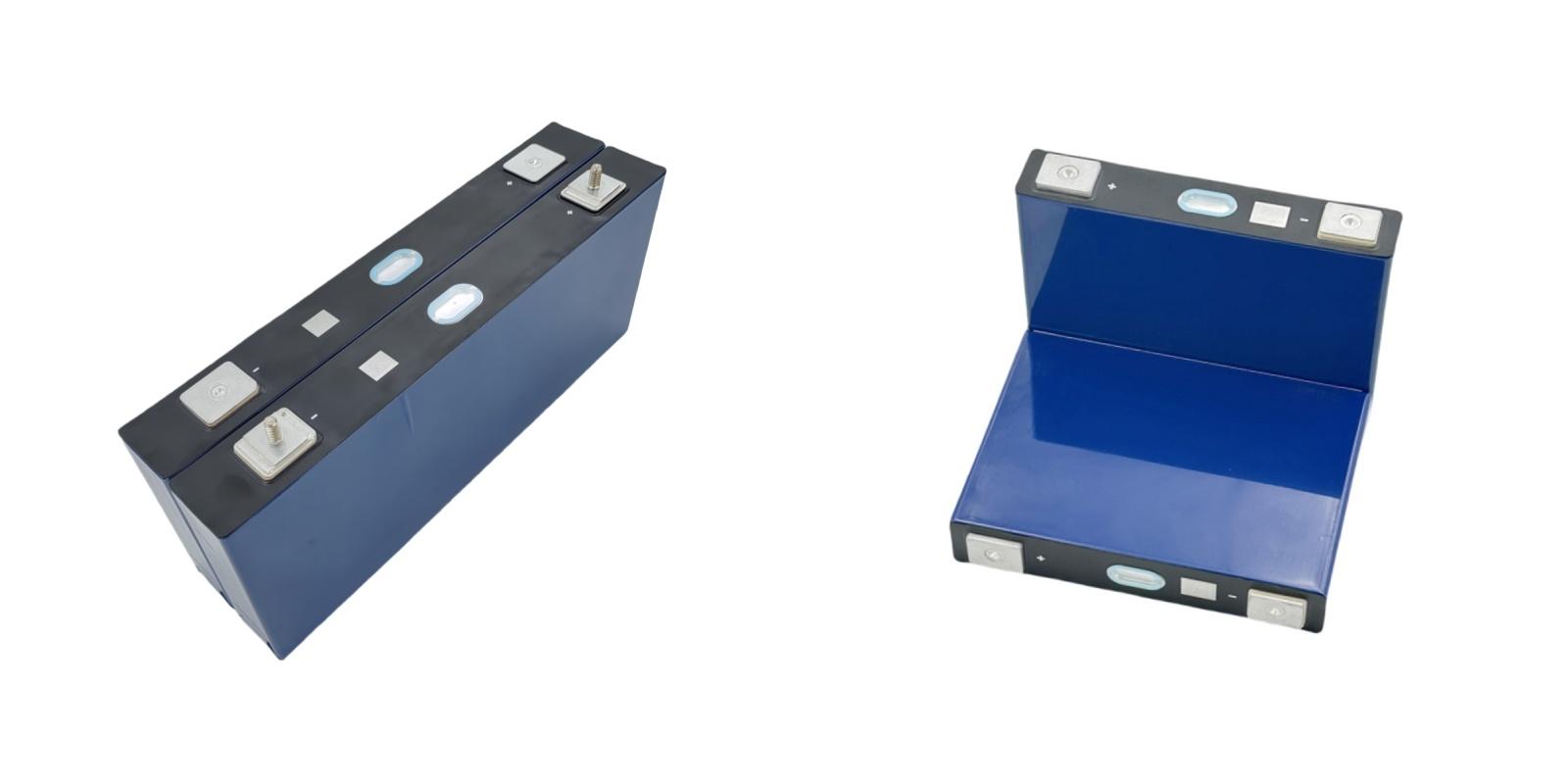
As the range of lithium batteries continues to expand, many consumers are interested in understanding the distinctions between LiFePO4 (LFP) batteries and conventional lithium-ion (NMC) batteries. This article offers a comprehensive comparison to assist you in selecting the most suitable energy storage solution for your needs.
LiFePO4 (Lithium Iron Phosphate) batteries are recognized for their stability, safety, and extended service life. In contrast to other lithium-ion variants, they utilize iron and phosphate in the cathode—materials that are not only abundant and economical but also environmentally sustainable.
Key Advantages of LiFePO4 Batteries:
· Enhanced Safety – Significantly less susceptible to overheating or combustion compared to NMC batteries.
· Broad Operating Temperature Range – Performs effectively even at elevated temperatures (≤60°C).
· Extended Cycle Life – Capable of over 6,000 cycles, substantially outperforming NMC batteries (approximately 1,000 cycles).
· Superior Tolerance to Full Charge – Maintains performance under sustained high-voltage conditions without significant degradation.
· Environmentally Conscious Manufacturing – Production consumes less energy compared to NMC batteries.
Owing to these benefits, LiFePO4 cells are becoming the preferred option for residential energy storage systems.
NMC (Nickel Manganese Cobalt) batteries are a popular form of lithium-ion battery, acclaimed for their high energy density. They are extensively used in electric vehicles (EVs) and power tools, though their application in home energy storage is limited due to safety considerations.
Key Advantages of NMC Batteries:
· Greater Energy Density – Capable of storing more energy within a smaller volume, making them ideal for EVs.
· Lower Initial Cost – Generally more affordable upfront than LiFePO4 batteries.
· Improved Performance in Cold Conditions – Handles lower temperatures more effectively than LiFePO4.
However, NMC batteries also come with disadvantages:
· Shorter Lifespan (around 800–1,000 cycles)
· Increased Fire Risk – More vulnerable to thermal runaway when overcharged or damaged.
· Environmental Impact – Contains cobalt, which is costly and presents recycling challenges.
| Feature | LiFePO4 Battery | NMC Battery |
| Performance | Better at low state of charge | Higher energy density |
| Efficiency | More efficient in high-power applications | More compact design |
| Lifespan | 6,000+ cycles | 800–1,000 cycles |
| Safety | Highly stable, low fire risk | Requires cautious management |
| Upfront Cost | Higher initial investment | More affordable initially |
| Long-Term Value | Lower cost per cycle | Higher replacement frequency |
| Space Requirements | Larger footprint | More compact |
| SOC Measurement | Requires advanced BMS (flat voltage curve) | Easier to estimate (variable curve) |
| Temperature Range | Performs well in high heat (≤60°C) | Better suited for cold environments |
When choosing between LiFePO4 and NMC, take into account:
· Application – Is it for home energy storage, electric vehicles, or industrial use?
· Space Limitations – How important is size for your installation?
· Budget – Are you prioritizing initial cost or long-term savings?
· Safety Considerations – Is fire resistance important?
· Lifespan Expectations – Do you need a battery that will last for decades?
For home energy storage, LiFePO4 is generally the superior option thanks to its safety, durability, and reliability. That said, NMC may be more appropriate for electric vehicles where energy density and weight are decisive factors.
If you are searching for dependable LiFePO4 or NMC batteries, select a reputable manufacturer that provides:
· Sophisticated battery management systems (BMS)
· Warranty coverage and ongoing support
· Customized solutions tailored to your energy requirements
Need assistance making a decision? Reach out to an energy storage specialist to identify the ideal battery for your situation!
· Choose LiFePO4 for home energy storage—it is safer, longer-lasting, and delivers greater value over time.
· Choose NMC for electric vehicles or applications where space is limited—it offers higher energy density but a shorter lifespan.
By comprehending these differences, you can choose the battery that best fits your needs and optimize your energy investment.
Would you like personalized recommendations for specific battery models? Feel free to email us at: info@battery-energy-storage-system.com—we’re here to help!
Next:None
Previous:Sungrow Introduces Next-Generation Microinverter S2500S-L to the Brazilian Market